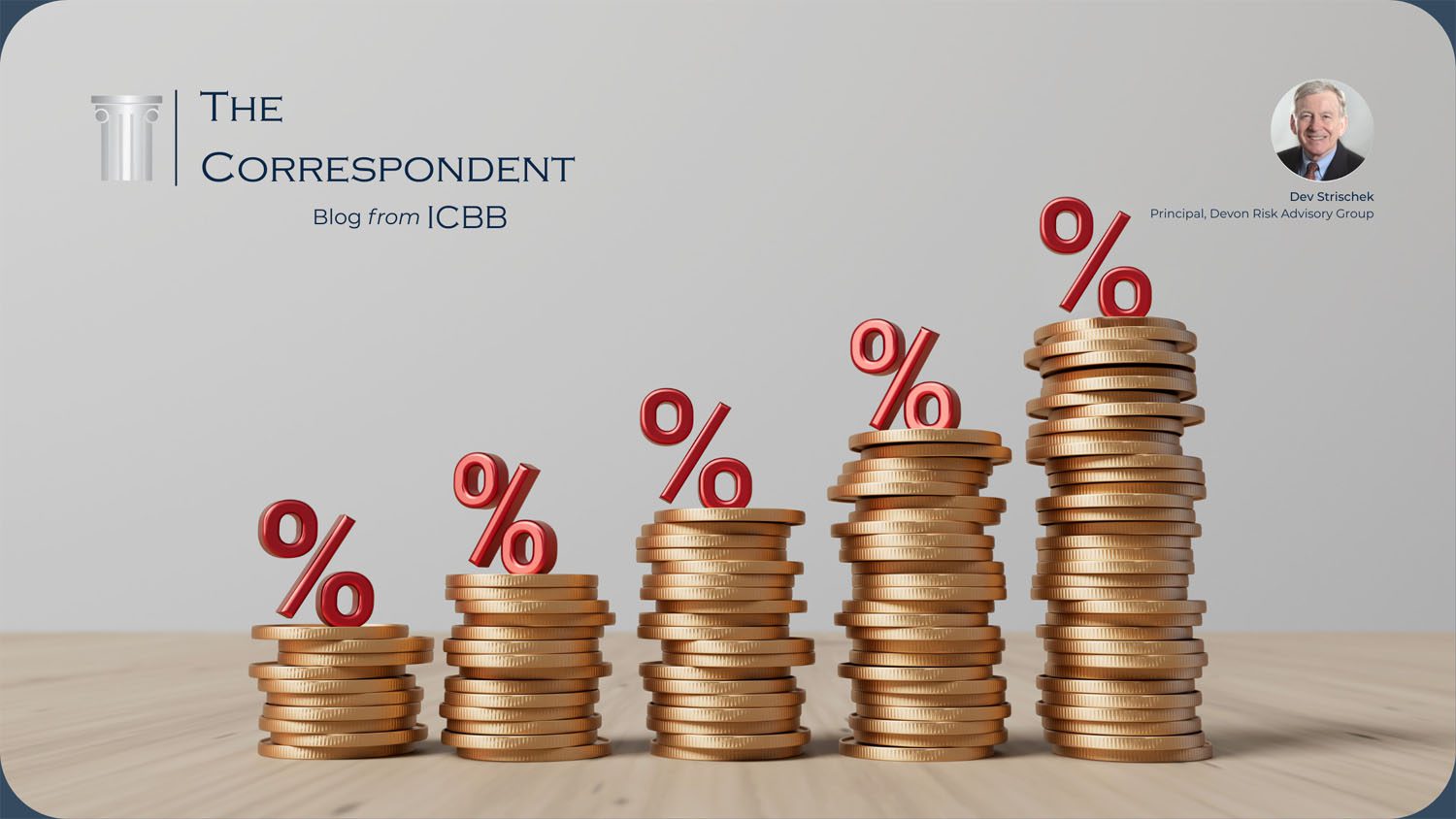Have you heard that interest rates are rising? Have you heard that some borrowers do not have much room in their operating budgets for higher interest expense? Have you heard that a few borrowers may not have sufficient debt service coverage to qualify for extensions or renewals? Have you heard all this before?
So, how did we get into this mess? First, interest rates stayed so low for so long that both borrowers and lenders lapsed into a kind of pandemic benign neglect, paying little attention to whether rates were fixed or variable. Borrowers mused over how much lower rates could drop, while lenders longed for any uptick in rates to grab a little more interest margin. Borrower indifference and lender hopes and dreams let variable rate financing seep into loan portfolios.
Second, as interest rates continued to lie dormant for so many years, evaluating interest rate sensitivity fell by the wayside, and bankers found themselves encouraged to fund struggling borrowers with dubious financial strength. This was especially easy to do during the ‘streamlined’ underwriting of the pandemic’s PPP program.
Now here we are in another fine mess–what to do? Here is a 7-step process to identify, evaluate, and mitigate the credit risk from rising interest rates in your loan portfolio:
- First, sort your loan portfolio into two categories: fixed and variable rates, arrayed by highest rates to lowest rates.
- Next, divide each set into current and delinquent loans with the most delinquent loans at the top.
- Then put the loans with the highest exposures at the top.
Now you have prioritized your most delinquent, highest exposure, variable rate loans for immediate diagnostic underwriting. I would start the underwriting with another internal variable, number and amount of overdrafts, then, refresh credit bureau scores on borrowers and guarantors.
Notice that I have ignored internal risk ratings because many banks update them only once a year and rely heavily on dated financial information. However, if you believe your risk ratings are current and accurate, then add:
- sort the fixed and variable sets starting with the worst internal risk ratings at the top.
Now,
- Update these borrowers’ debt service ratios.
Use the most current global cash flow, update outstanding debt Principal and interest. Then,
- Perform your sensitivity analysis by increasing the interest rate by 2 or 3 points.
Once upon a time, a 1- point increase worked fine, but in the double-digit times, you need to go higher. Do not turn this into a rocket science project, but if you have your own math equation to calculate the rate, feel free to use your approach.
Finally, if you have real estate collateral valued by a capitalized net operating income, then:
- Update that value by incorporating the higher interest expense into the property’s net operating income and then discounting the lower NOI (Net Operating Income) with the higher capitalization rate.
Chances are that you will discover your collateral value has declined. What if you now have a loan with a higher LTV than at inception of the loan?
Mark Twain once advised: “Never put off till tomorrow what you can do the day after tomorrow.” Unfortunately, we bankers seem to have taken this advice when it came to paying attention to interest rates.
Wake up: now is the time to identify, evaluate, and mitigate the credit risk from rising interest rates in your loan portfolio. Start with variable rate loans, and sort them by highest rates, worst delinquencies, most frequent overdrafts, and largest exposures. Update your DSC calculations and increase interest rates by 2 or 3%. Check your real estate collateral value by refreshing the NOI and cap rate to see how much its value has declined.
Like Will Rogers warned: “Even if you’re on the right track, you’ll get run over if you just sit there.” Taking these few quick steps now may shorten your organization’s recovery from the downside of this business cycle.

